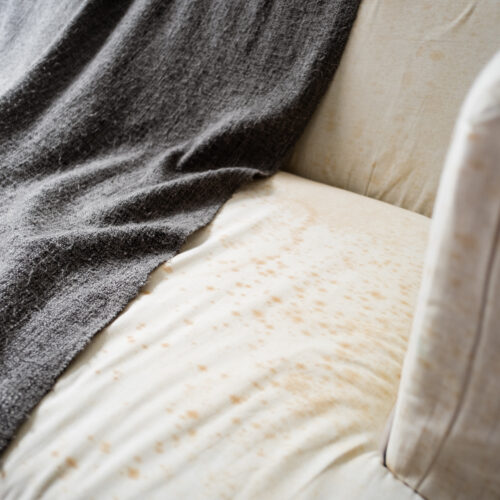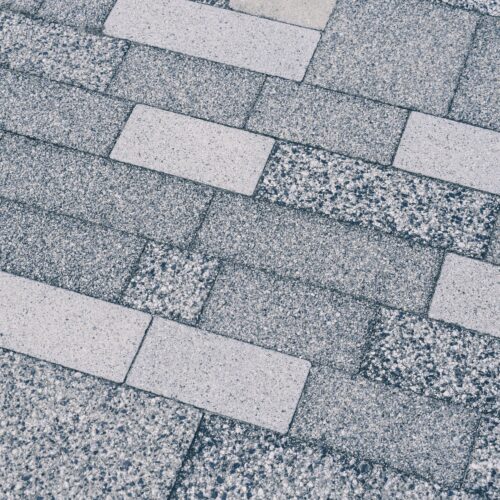May 27th, 2024 | Carpet

Mould on upholstery is a common problem. However, upholstery is a delicate substrate that needs to be cleaned with much [...]
Read more
Dip sealing natural stone is an important process to protect all six sides of the stone and prevent water ingress. [...]
Read more